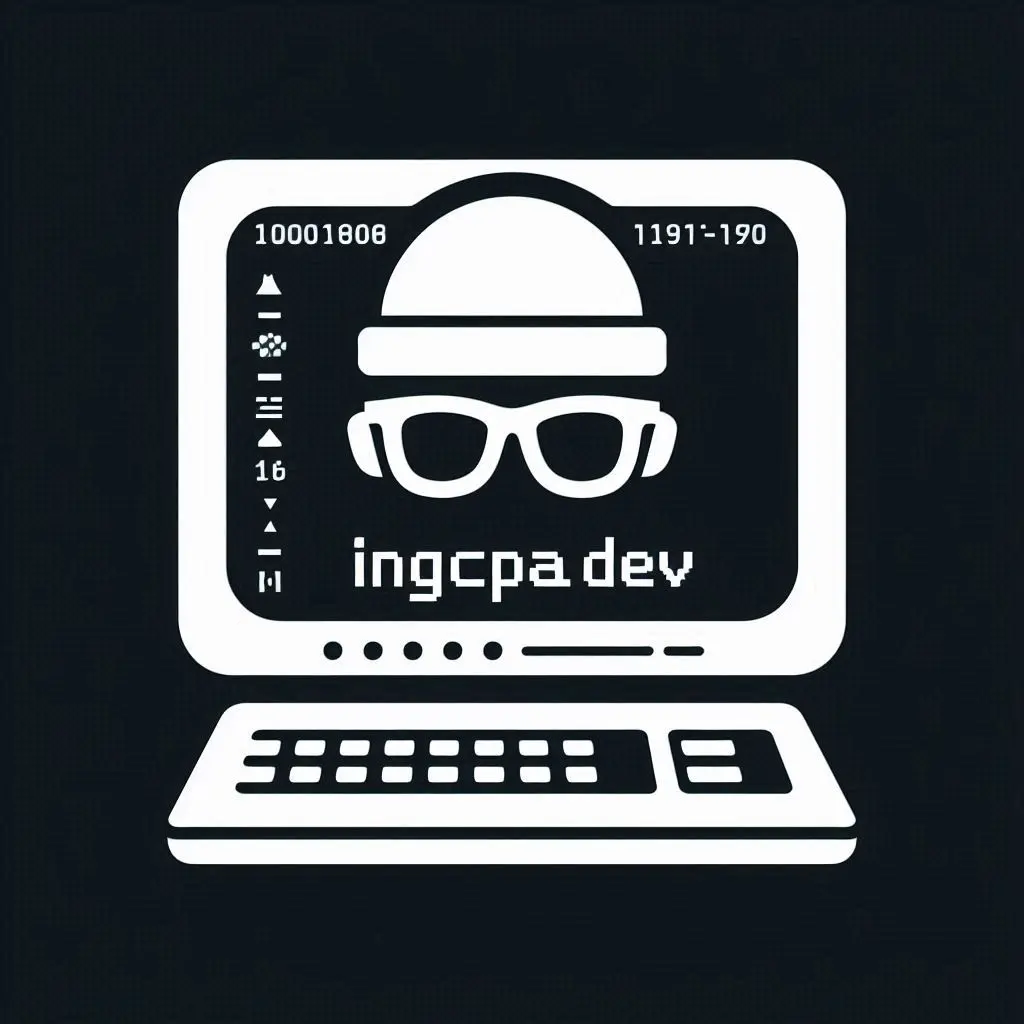
Unlocking the Power of User Stories: A Guide for Every Developer
Hey there!
In this post, let’s delve into the world of user stories—what they are, how to craft them effectively, and why they’re an essential skill for developers and professionals in any field where agile methodologies are in play.
🤔 What exactly is a user story?
A user story is a concise and straightforward description of a software feature, fix, or requirement, presented from the viewpoint of the end user. It follows a simple format: “As a (end user), I want (some goal) so that (some reason).”
For example, some user stories are:
- As an admin, I want to delete spam comments so that I can keep my blog clean and professional.
- As a developer, I want to refactor the code so that I can improve the performance and readability of the software.
User stories are the base or the building blocks of agile frameworks like Scrum or Kanban, because they help to break down large and complex features into smaller and manageable tasks. They not only facilitate prioritization but also ensure that the work aligns with user needs and values.
⚒️ Crafting Effective User Stories: A Step-by-Step Guide
- Identify the User Type: Determine the category of users who will interact with the feature.
- Example: Project Manager
- Define the Action: Specify the action to be taken.
- Example: Assign task to my team and set deadlines.
- Understand the User Goal: Grasp the user’s objective in utilizing the feature.
- Example: Ensure and effective tracking of the project’s progress.
- Use the Standard Format: Adhere to the conventional structure of a user story.
- Standard Format: As a [user type], I want to [perform an action], to [achieve an objective].
- Define Acceptance Criteria: Set clear and measurable criteria.
- Must be completed to consider complete the user story.
- Describe “How to know the user story is done”.
- Atomize the Story if Necessary: Divide stories into smaller, manageable tasks if required.
- Collaborate with the Team: Work together to ensure alignment and understanding.
- Continuous Refinement: Adapt user stories as the project evolves with new insights.
📝 Example of an Effective User Story
User story
As a project manager, I want to assign tasks to my team and set deadlined, to ensure an effective tracking of the project’s progress.
Acceptance criteria
- Tasks must follow the standard format.
- Tasks must have acceptance criteria and be documented in Jira.
- Deadlines should be set at least one week after task assignment.
Conclusion
In conclusion, mastering the art of crafting user stories is paramount for professionals navigating the realm of agile methodologies. By understanding user perspectives, defining clear objectives, and collaborating effectively, teams can streamline development processes and deliver impactful solutions.
So, let’s embrace the power of user stories and embark on a journey towards more efficient and user-centric development practices!, thanks for read the complete article, see you soon! 👋

